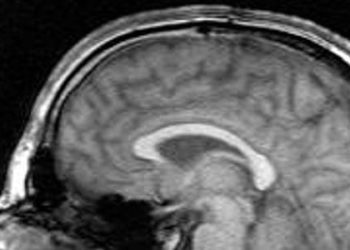New Mohs sterilization guidelines may not affect infection rates
Image: PD
1. The new sterilization guidelines for Mohs micrographic surgery (MMS) showed no significant changes in rates of surgical infection for the treatment of melanoma and nonmelanoma skin cancers.
Evidence Rating Level: 2 (Good)
Study Rundown: Skin surgery has a relatively low rate of infection (1-3%) compared to other surgical fields. In an attempt to lower this rate, the Joint Commission on the Accreditation of Healthcare Organizations (JCAHO) recently implemented new instrument sterilization guidelines. The authors sought to determine whether new sterilization techniques affected the rates of infection in MMS. After comparing both pre- and post-JCAHO cohorts, no significant differences were observed in infection rates between these two groups. Additionally, the only significant variation in pre- and post-JCAHO cohorts was the number of surgeries performed in the trunk location (increasing from 9.0% to 13.2% of total surgeries). Though the retrospective cohort design was sound, a large multicenter study may be helpful to fully understand JCAHO guideline implications.
Click to read the study in Journal of the American Academy of Dermatology
Relevant Reading: Comparison of the prevalence of surgical site infection with use of sterile versus nonsterile gloves for resection and reconstruction during Mohs surgery
In-Depth [retrospective cohort]: A total of 1415 patients who underwent melanoma or nonmelanoma skin cancer surgeries were included in this study (837 pre-JCAHO and 851 post-JCAHO). Patients were evaluated based on post-surgical infections as well as age, sex, surgical site, and final defect size. Results revealed no significant changes in infection rates, mean patient age, gender, and final defect size when comparing pre- and post-JCAHO cohorts. However, a significant increase in number of surgeries performed on the trunk was noted in the post-JCAHO group (9.0% vs. 13.2%, p = 0.006).
More from this author: Video-based behavioral intervention benefits clinical skin examinations, Biofilm-producing staphylococci occlude eccrine sweat ducts in atopic dermatitis, Initial primary invasive or in situ melanoma increases risk of subsequent invasive melanoma, Various factors impact quality of life in patients with chronic pruritus
©2012-2014 2minutemedicine.com. All rights reserved. No works may be reproduced without expressed written consent from 2minutemedicine.com. Disclaimer: We present factual information directly from peer reviewed medical journals. No post should be construed as medical advice and is not intended as such by the authors, editors, staff or by 2minutemedicine.com. PLEASE SEE A HEALTHCARE PROVIDER IN YOUR AREA IF YOU SEEK MEDICAL ADVICE OF ANY SORT.







